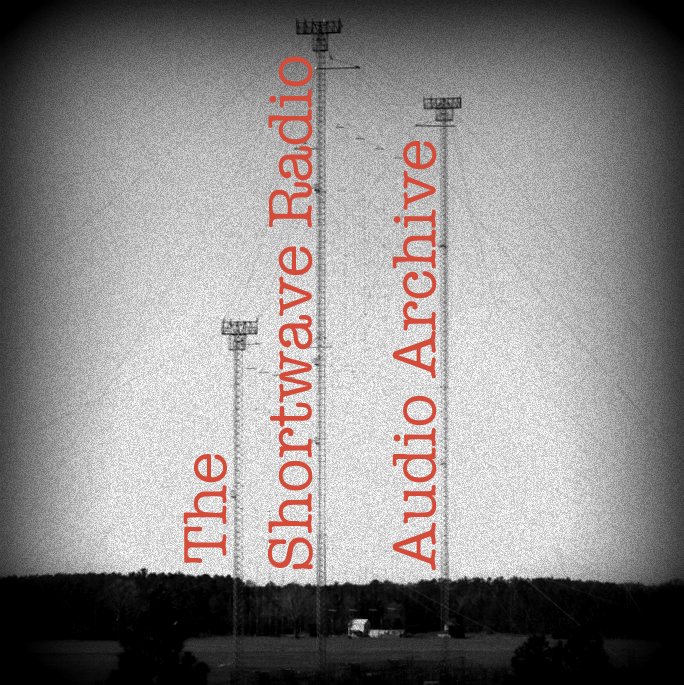Shortwave Shindig: February 28, 2015
/Many thanks to those of you who recorded the Shortwave Shindig live from the Winter SWL Fest in Plymouth Meeting, Pennsylvania, USA on February 28, 2015. The broadcast began around 0300 UTC (10:00 PM EST) on 7570 kHz. You will note that the time extended beyond one hour--this was due to a 10 minute period of time when the audio feed dropped due to a bad Internet connection.
The Shindig will be rebroadcast on March 8 2015 at 0300 UTC on 7570 kHz without interruption.
I've labeled the embedded recording below with the contributor and location where the recording was made. Again, many thanks for your contributions to the archive!
Richard Langley made the following recording and also decoded the embedded graphic.














